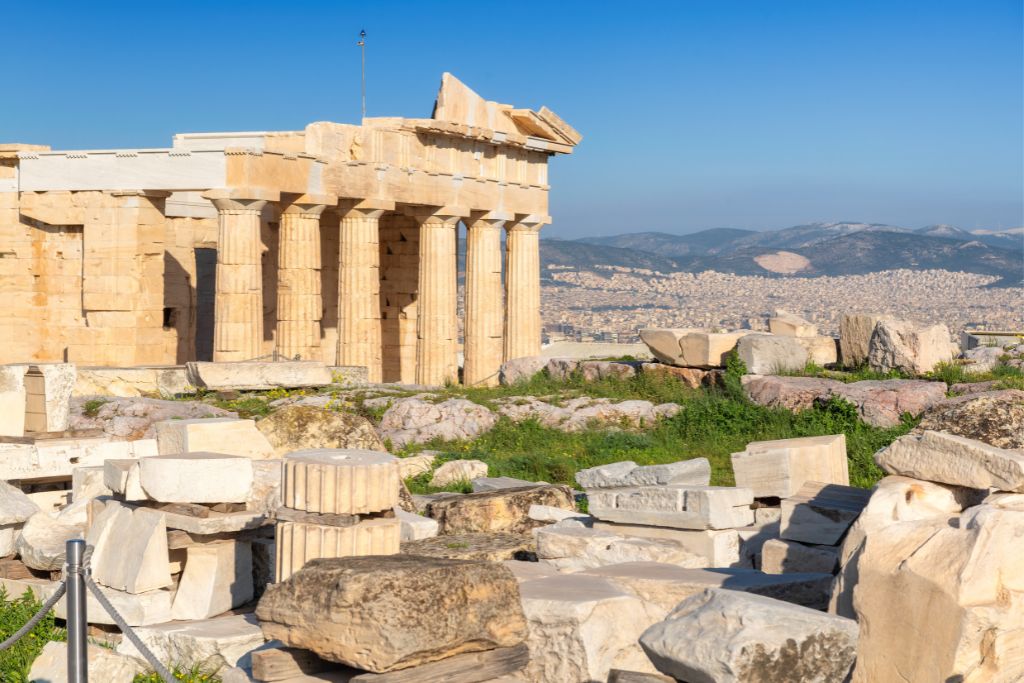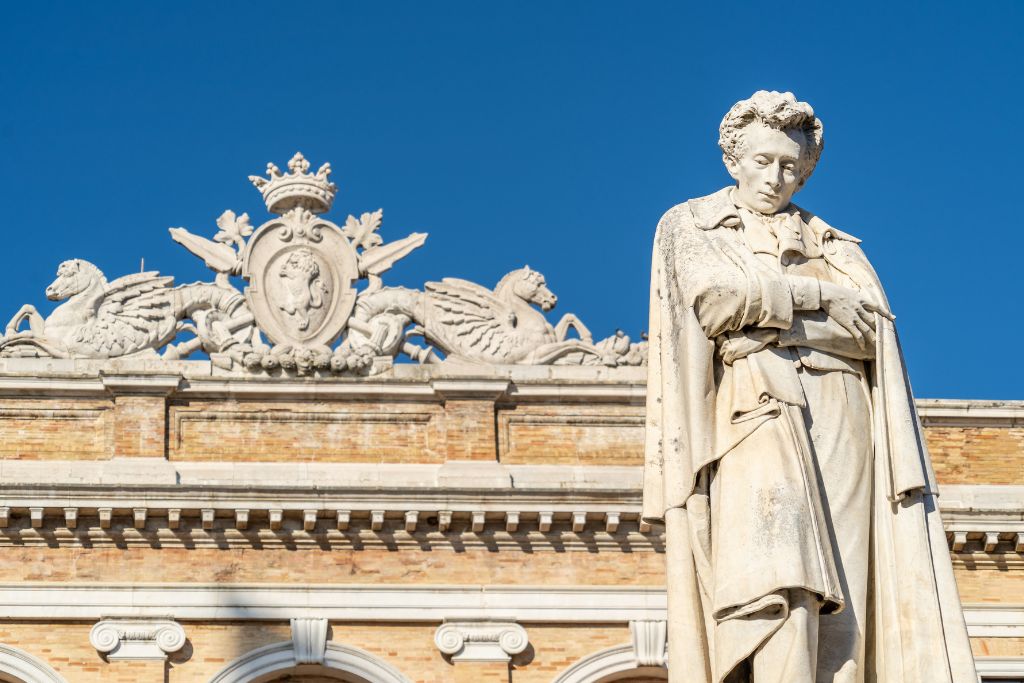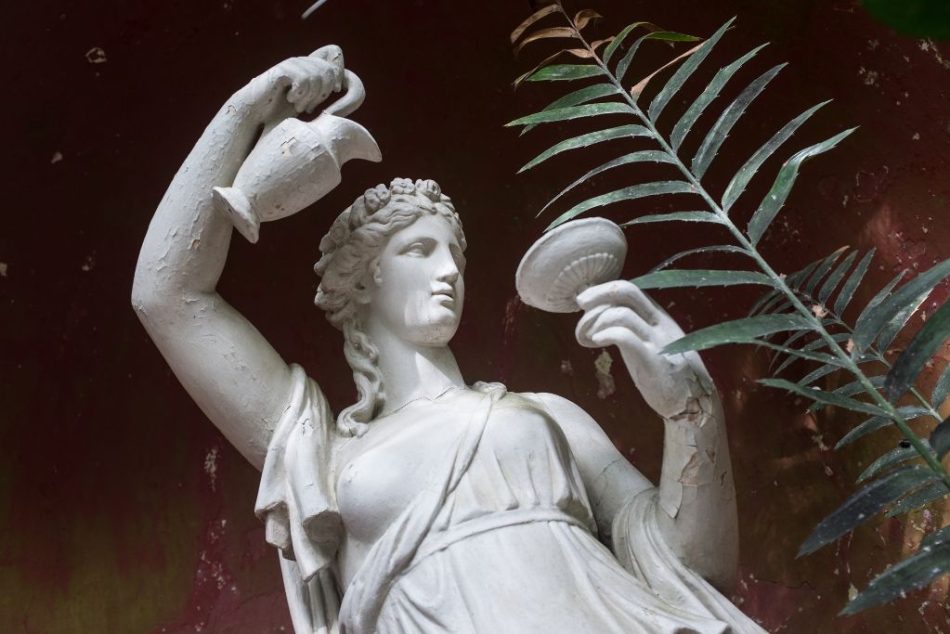If you’re considering investing in antiquities or ancient art, then you’ll want to check out the Clio Ancient Art & Antiquities Fair. This prestigious annual exhibition takes place in New York City every January and is open to collectors and museums alike.
Investing in antiquities is a way to diversify one’s portfolio
Investing in antiquities can be a rewarding and enjoyable experience, provided you have a decent budget to burn and a keen eye for artifacts. Fortunately for us neophytes, there is a bevy of like-minded connoisseurs of all things art, and a well-curated gallery is a short trip from the bowels of gold.
Despite the aforementioned idiosyncrasy, we can’t help but smile at the oh-so-well-behaved staff oozing with charm and good karma. To say we are spoiled would be an understatement. Hence, a visit to this august establishment is all but mandatory.

Regardless of the prevailing temperament, you’re sure to snag the best deals on a regular basis. If you’re looking for a one-stop shop for your art and design needs, look no further than the gallery at your local golf club.
Athenian Panathenaia
Athens’ Panathenaia is one of the most important festivals in ancient Greek history. It was held every fourth year to honor the goddess Athena. The festivities included an epic procession, contests, and sacrifices. During the festival, Athena was presented with a new embroidered robe.
As part of the all-night celebration, a torch relay race took place. In this race, four runners from each of the ten Athenian tribes ran with a torch. Those who won received a bull and 100 drachmas.

Other athletic contests included a javelin throw from horseback, a stade race, and a boat race. There was also a pyrrhic dancing competition among the ten tribes.
Athenian Panathenaia was a major rival to the Olympic Games. Nevertheless, the festival was considered an annual event. All Athenian citizens were allowed to participate in the event.
Giacomo Medici’s arrest in 1977
In January 1997, Giacomo Medici was arrested in Rome on charges that he had stolen items. The artifacts in question were from Egypt, Syria, Greece, and Italy. Medici’s storerooms contained 4,000 photographs of individual artifacts. He sold the artifacts to private collectors and museums, and he began to develop commercial relationships with other major antiquities dealers.
Medici began dealing in antiquities in Rome in the 1960s. His archive was a trove of sales records, correspondence with international dealers, and photographs of the items in his collection. In the 1980s, he began to consign material to Sotheby’s through other ‘front companies.” Medici’s reputation for integrity was damaged by the sale of looted Apulian vases at Sotheby’s in London in 1986.

Medici’s trial in 2005 ended in a conviction for trafficking in stolen antiquities. He was fined EUR10 million. Medici was also ordered to spend ten years in prison.
Phoenix Ancient Art’s stand at Clio Ancient Art & Antiquities
This year’s Clio Ancient Art & Antiquities Fair in London is veritable who’s who of the art and antique world. The Phoenix name stands out as one of the most prominent names in the antiquities business. In an interview on the eve of the event, Hicham Aboutaam, co-founder of Phoenix Ancient Art, said that his team had built a mini-version of the Pantheon, which is currently on display at the museum in Rome.

Phoenix Ancient Art will be closing early on Saturday, October 18th, and Thursday, October 22nd. The company is also exhibiting at the International Fine Art and Antique Dealers Show in New York City. Aside from its usual suspects, the Phoenix name has a rich history spanning several decades. Its heyday in the late ’60s and early ’70s was in the field of archaic Egyptian antiquities.

